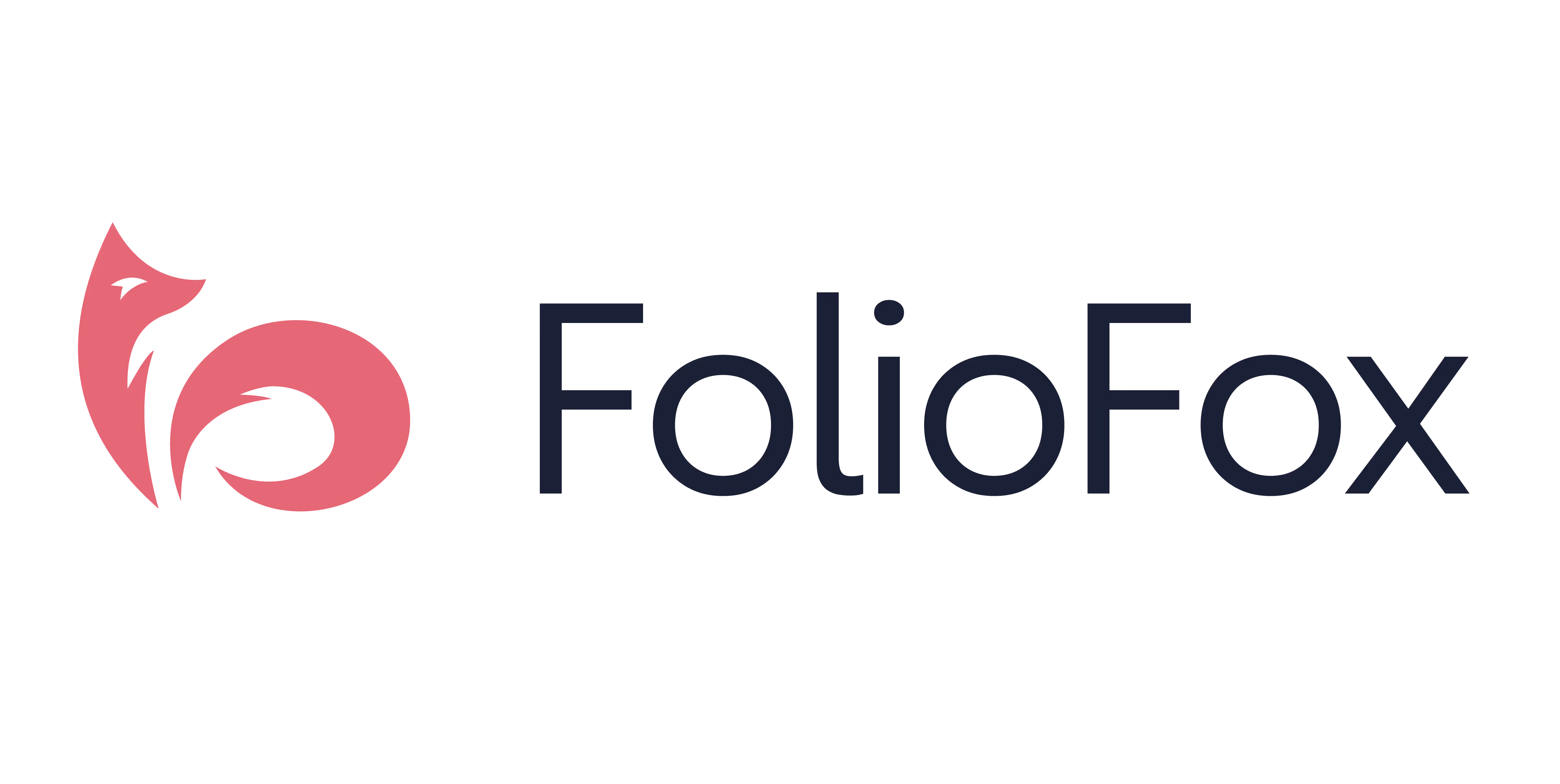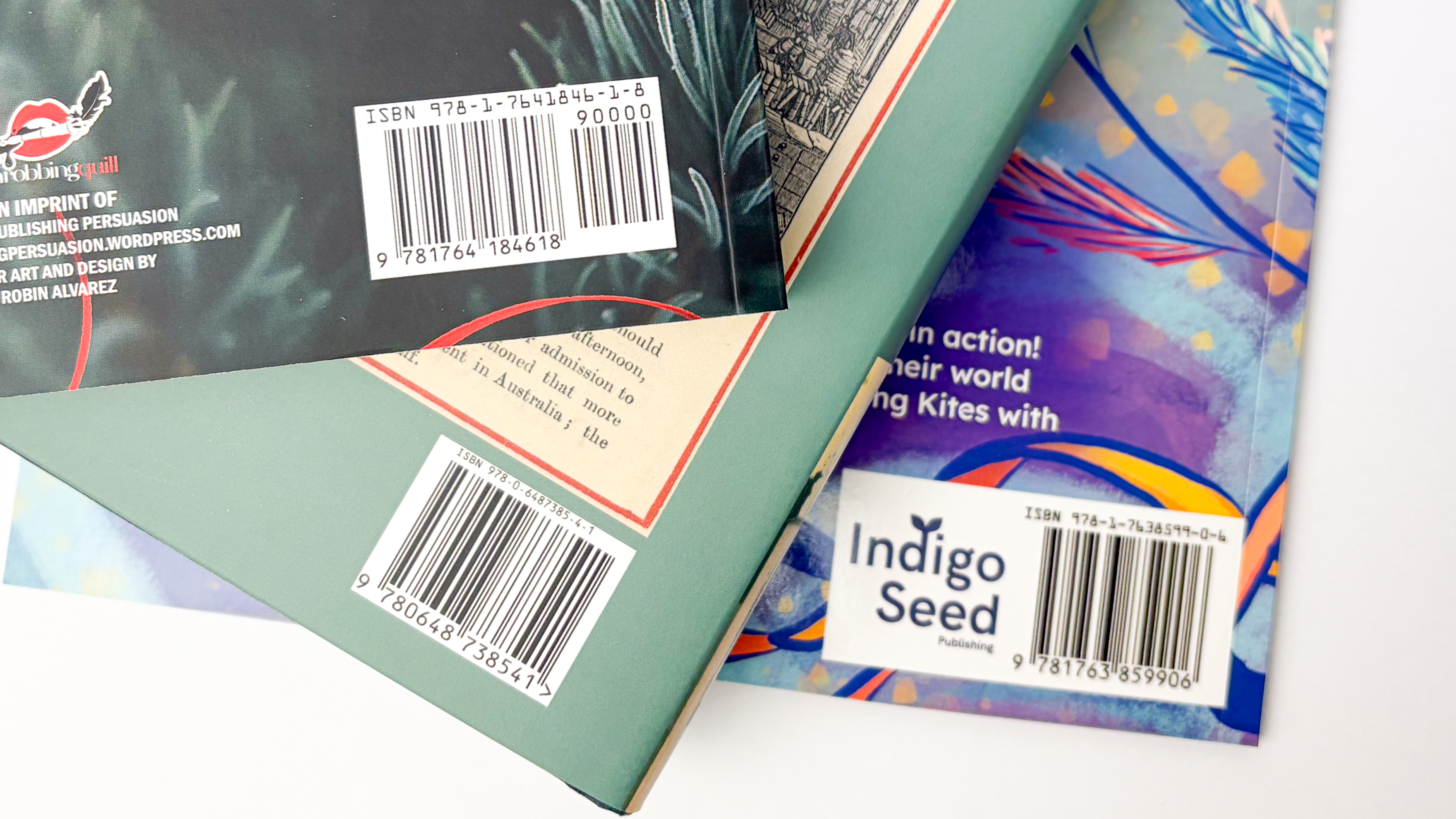Digital Book Printing vs Print-On-Demand for Self-Published Authors
Weigh up the differences between digital book printing and print-on-demand to decide which path is best.

Publishing your own book is an exciting opportunity to bring your hard work to life in a physical format that you can share with others. When it comes to self-published authors printing a project, there are a couple of process options to take into account when thinking about how the work is printed, each with their own pros and cons. Below, we weigh up the differences between digital book printing and print-on-demand to help you decide which path is the best for you to venture down as a self-published author embarking on a printing journey.
The Advantages of Digital Book Printing
The technologies used in the book printing industry have evolved incredibly over the last several decades. While there is some debate over digital printing vs offset printing for books, you’ll discover that there are a range of benefits in choosing digital book printing as your method of printing.
Digital book printing works through digital presses, not unlike what you’ll find in desktop printers, using laser or inkjet technology to apply ink or toner directly to paper. This means that the method is exceptionally flexible and can work seamlessly with quick turnaround times. Self-published authors and small publishers especially like digital book printing for its ability to work well with changes and customisation, as well as having comparatively low up-front costs for smaller runs when compared to offset printing.
Why You Might Consider Print-On-Demand
On the other hand, utilising a print-on-demand service can offer a handful of benefits that digital book printing cannot. The beauty of this printing method lies in the hands-off approach once you’ve uploaded your digital book file to a print-on-demand service. The way that print-on-demand works is by a self-published author sending a file of their work to a print-on-demand service; that service then only prints a copy of the book when an order is placed.
Depending on how you would like to go about the printing, stocking and distribution of your self-published book, print-on-demand can be an attractive option for those not wanting to worry about the logistics of storing copies of their book in between it being printed and sold, as well as not have to deal with shipping the book out to the customer. Instead, the book is only printed upon a sale. This also means that print-on-demand can be a cost-effective option if there are uncertainties around how many copies you’ll sell and when you’ll sell them - you don’t need to pay upfront for a large print run.
Another advantage of print-on-demand is its flexibility in that an author has the ability to make changes to the digital file of the book even if copies have already been sold. Print-on-demand also allows an international reach as book-readers can purchase your book through websites like Amazon.

How Digital Printing Compares to Print-On-Demand
While there are pros and cons to both digital printing and print-on-demand, where one method of printing self-published books is lacking in ability, the other may offer an alternative route. In terms of cost benefit, a print-on-demand generally has higher costs per unit than a digital print run, meaning that you may need to price your book higher in order to recuperate profits. However, because of the on-demand nature of the method, you are guaranteed to make money when a book sells, compared to printing a run of books that may take a little longer to palm off.
Additionally, where print-on-demand can ship directly to the customer, it does however exclude physical distribution. For self-published authors looking to sell their books at book fairs, in bookshops or even just personally distribute copies, digital printing is a more appropriate option to consider.
Another thing to note about the differences between these methods is the accessibility of receiving your book before it reaches customers. While digital book printing will mean that you can receive a test copy of the book before it is sent off for a print run, a print-on-demand gives you less options to inspect the project before it is sent to customers. This is an important factor to consider as different variables - like the quality of the printing job, the choice of paper or checking if the fonts are readable - may be missed without a test print first.
At the end of the day, there is no one right printing method for self-published authors to proceed with printing their body of work. It’s important to take into consideration the different variables at play - like how many copies you want printed, how much of the profit margin you’re hoping to keep and how you’d like to distribute the book - when deciding on the most suitable printing method.
To learn more about our commercial book printing services for self-published authors, get in touch with our team today. We're here to help you navigate the evolving world of book production with confidence.
Last Updated:




